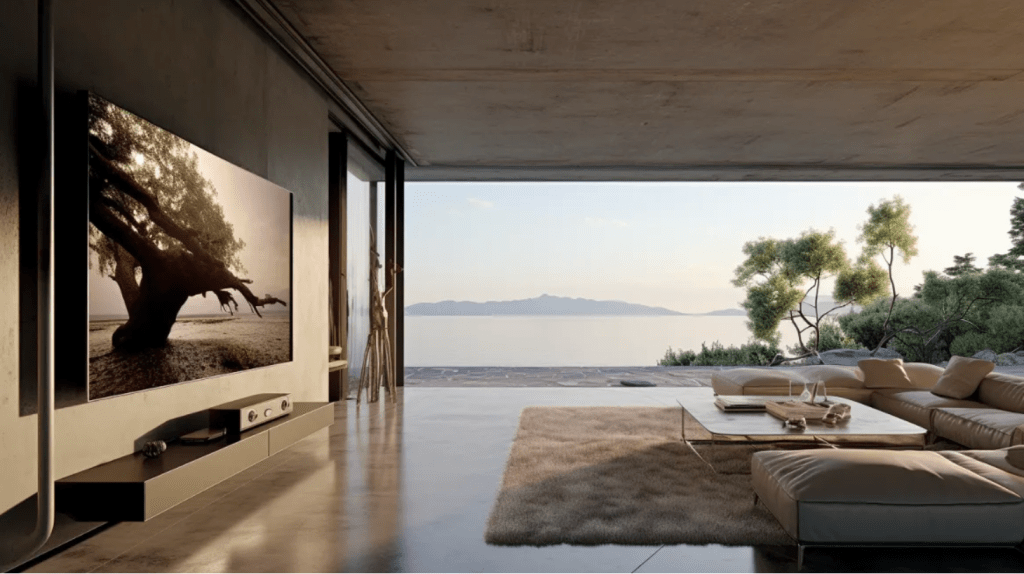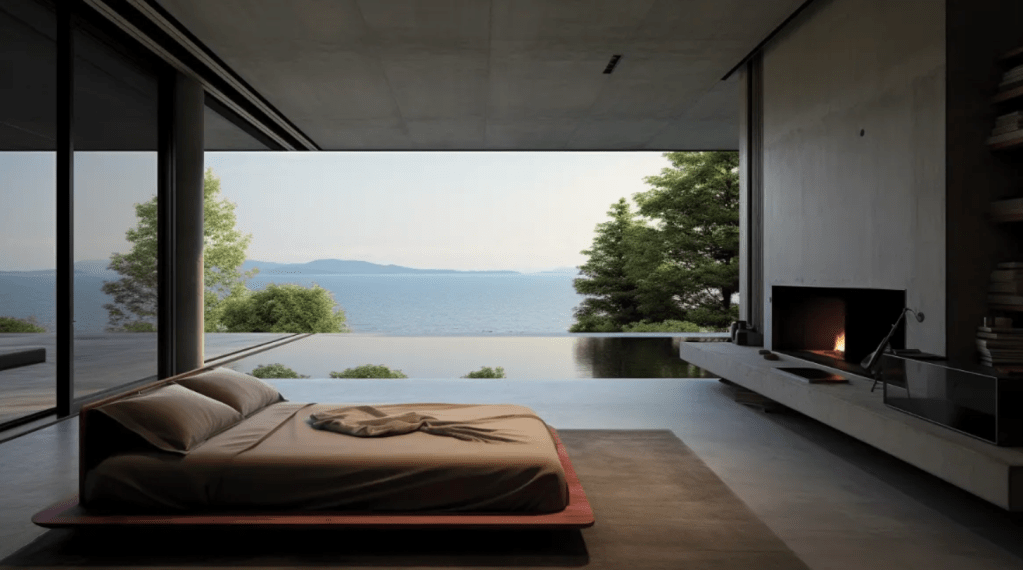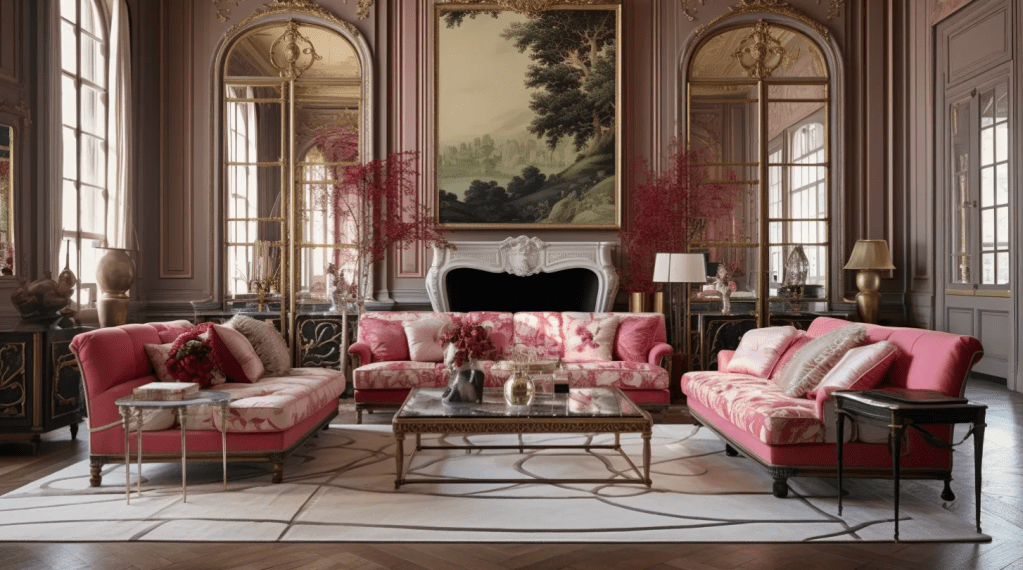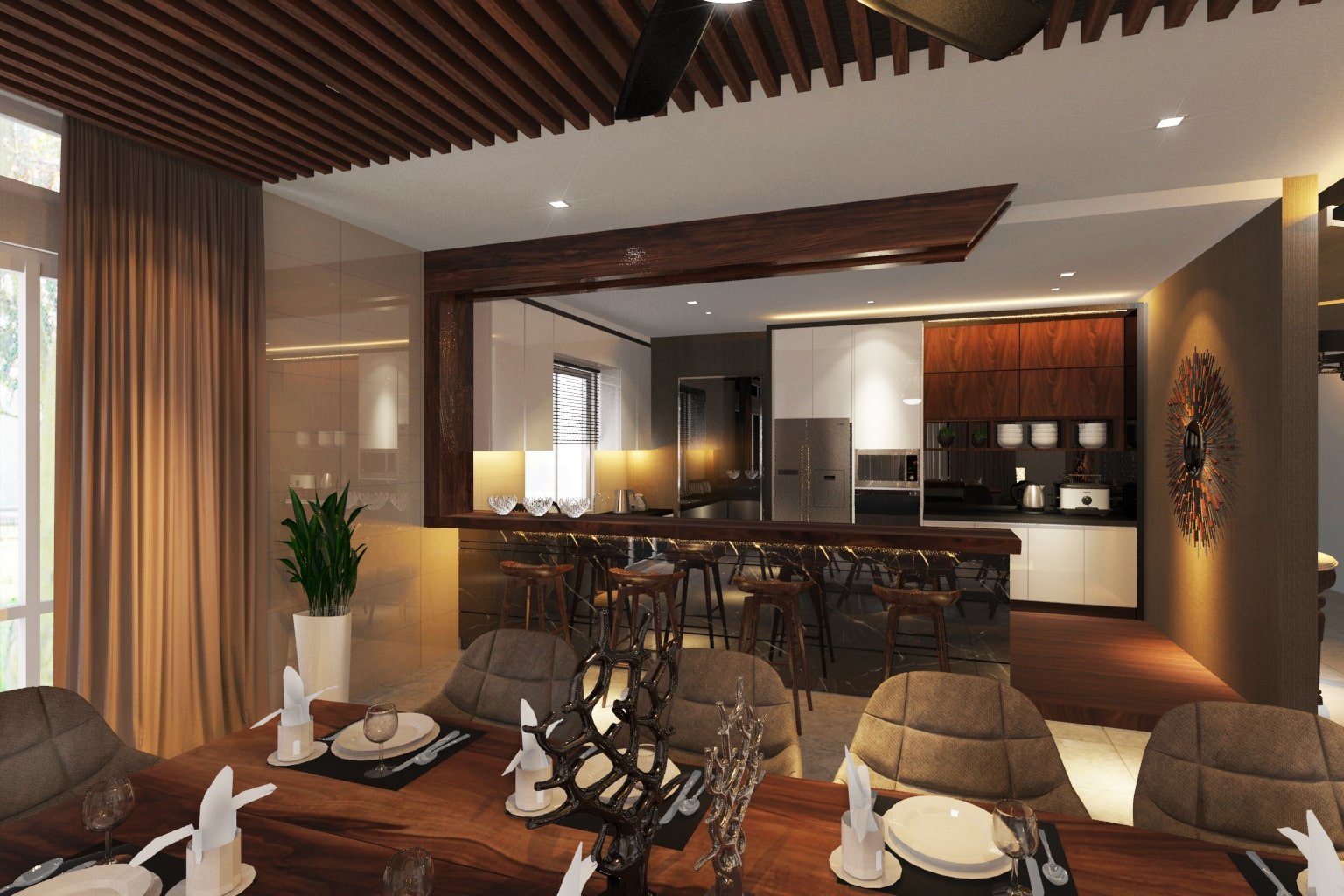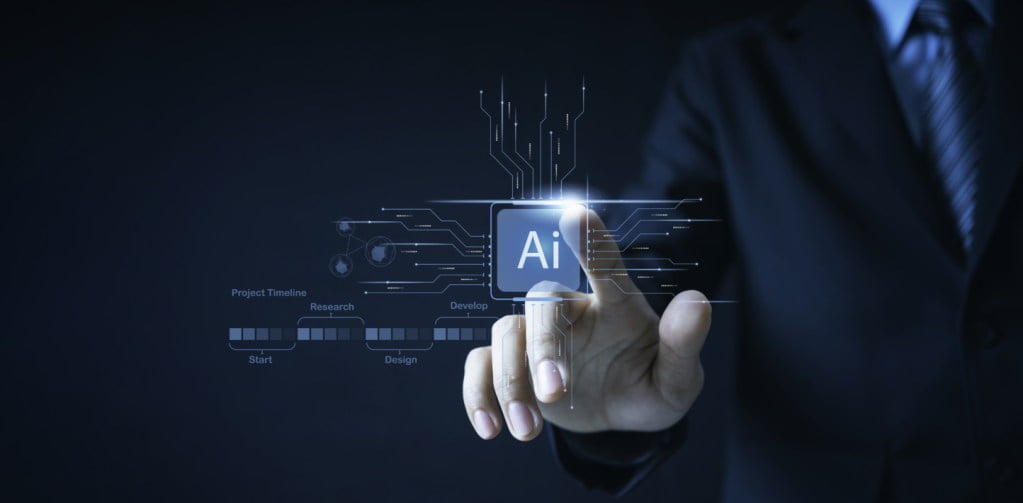
In the past few years, AI has made a big difference in interior design by giving people new ways to plan and customize places.
GPT 4 is already out in the open, and just a few weeks later, we see AI is going to change jobs we didn’t think would change.
At first, we thought it would be accountants or something, but it ended up being artists and designers, and that’s in just six months.
The question is bound to arise: Could AI change job roles in the interior design business, similar to what has occurred in other fields?
In this constantly changing landscape where technology and art meet, our article goes deep into the worlds of AI-driven efficiency and human-driven feeling.
What Can AI Do in Interior Design?
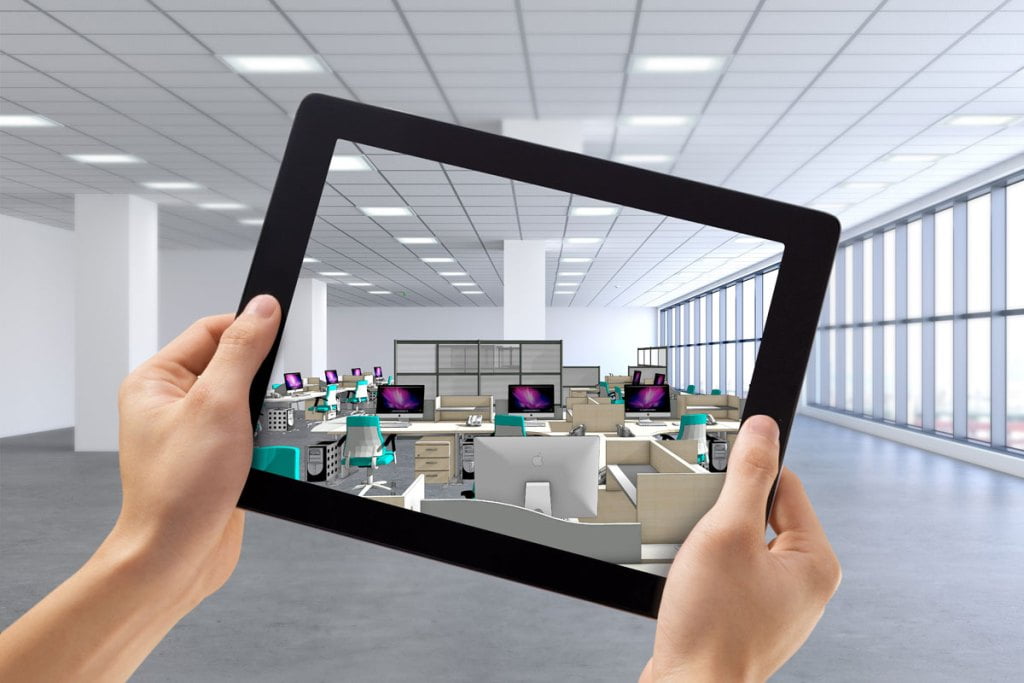
AI’s ability to recognise patterns has remarkably been used to spot trends and new features in the ever-changing world of interior design.
AI has changed the way personalized interior design suggestions are made by looking at each person’s tastes and styles.
It can automatically perform tasks like making floor plans and 3D renderings, potentially increasing efficiency.
It also can instantly remove the background and change the style of a movie, giving it more power.
AI in interior design is growing and getting better rapidly at present. Think of a concept like Pinterest, which is somewhat like an AI.
In the last few years, artificial intelligence (AI) has become a major player in the software business because it can automate parts of our work routines.
Designers can save time by using designs made by computers that can be changed to fit the needs of each user.
This frees them up to spend more time on creative jobs rather than mundane ones.
AI is also helpful because it can use data from past projects to help designers make better layout models for interiors.
By gathering this knowledge, they can quickly and accurately come up with ideas without having to start from scratch each time.
Realistic 3D Renderings and Floorplans
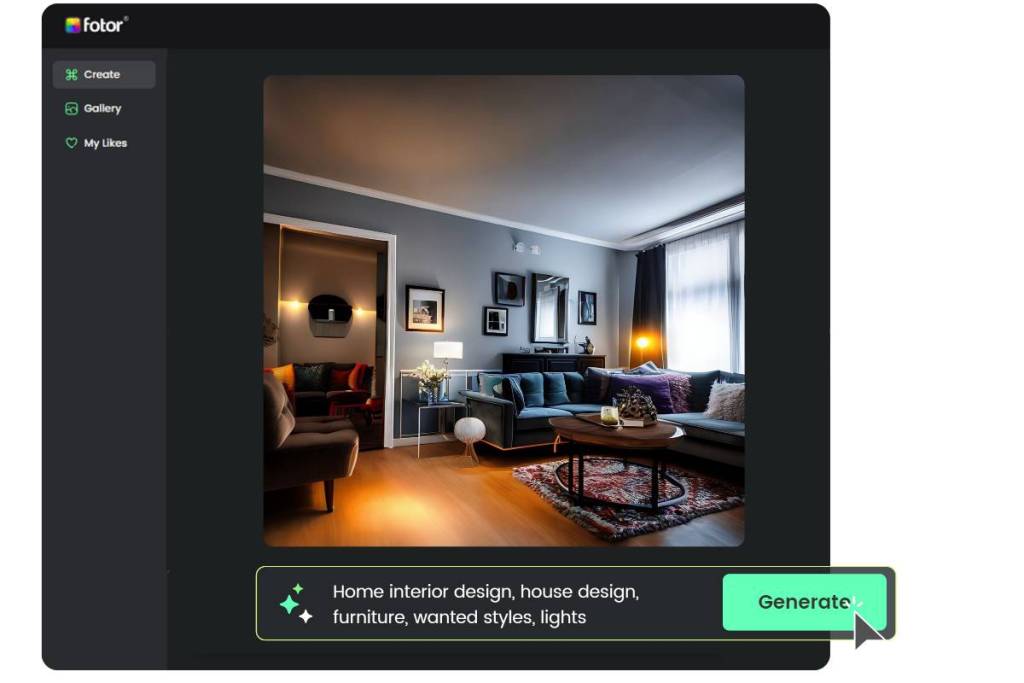
We’ve already addressed the benefits of using virtual design assistants to generate suggestions based on the user’s preferences.
Now we’ll talk about another exciting development in interior design: 3D renderings and floor plans which appear like the real thing.
These tools have changed the way people imagine their homes because they allow them to see what they may create as if it were real.
AI-made programmes might make it possible for us to quickly create photorealistic designs with high accuracy in 5 to 10 years.
These tools make it easier for designers to accurately show what their proposed design would look like in reality.
Clients can better consider proposals before committing to any particular space arrangement.
Moreover, this technology reduces miscommunication between parties involved in a project.
This is because, it renders everything from furniture pieces down to paint colours realistically, minimising the chance for misinterpretation.
Personalized Suggestions Based On User Preferences
These digital assistants analyse large amounts of data chosen by the user using artificial intelligence (AI) and algorithms in order to make choices that fit the user’s desired style.
For instance, here’s one of the prompts used to generate the first photo above;

Most of the time, the ideas generated are made just for that person. Designers find it easy to come up with ideas that fit their goals and receive direction when they need it.
Predicting Interior Design Trends With AI
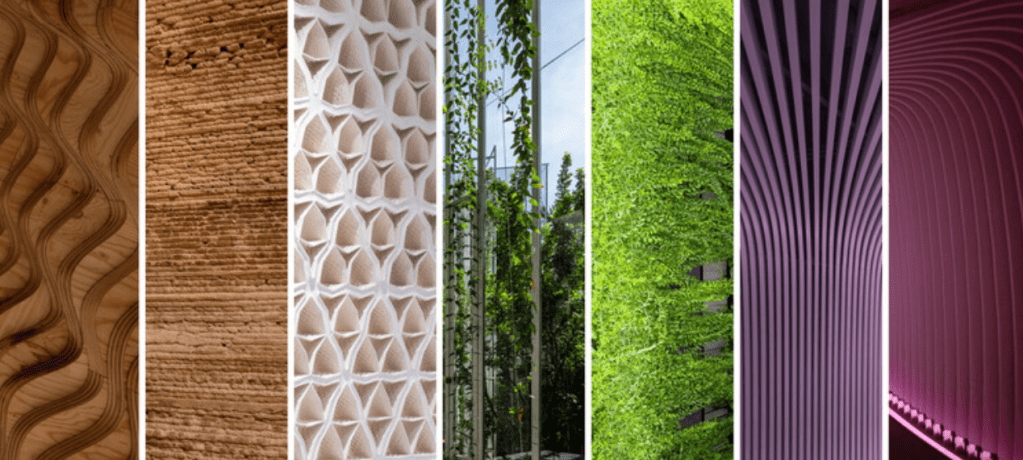
When companies look at customer data, they can better predict what will happen in the future.
AI programs like GPT 4 can help designers stay ahead of the curve because they filter data, find new patterns, and predict trends.
This tells designers a lot of important things. With these new technologies, interior designers may find out more about their clients.
This lets them use their favourite colours, textures, furniture, and other design features.
Data forecast tools not only provide designers with more information about current tastes and preferences.
But, they also enable them to predict future trends before they gain popularity.
This way, designers can stay ahead of the competition when it comes to creating truly original designs.
Space Planning Using AI
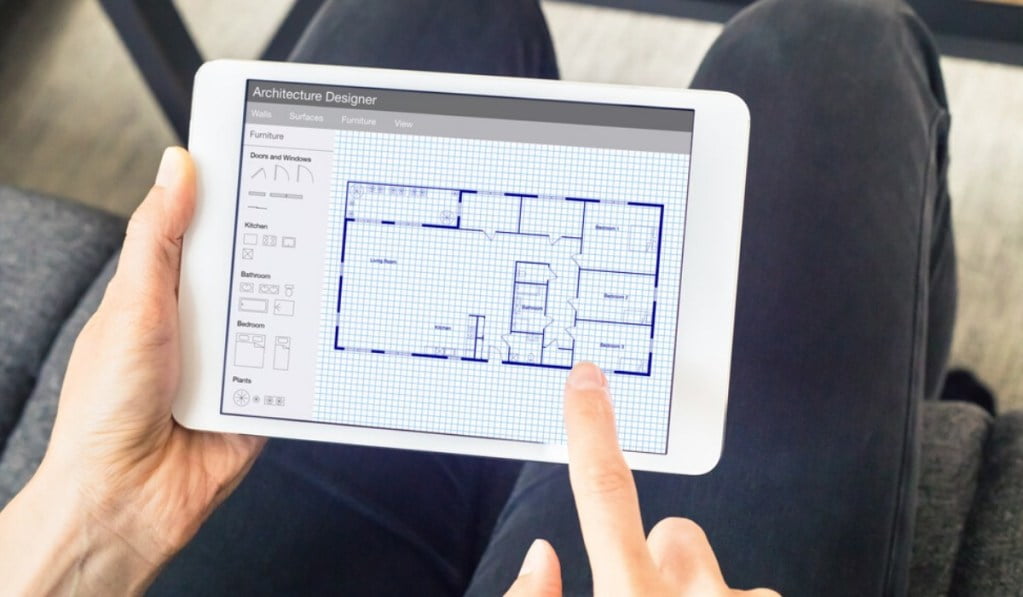
AI can analyse space usage to design beautiful and functional spaces by optimising flow, lighting, and other factors.
AI algorithms analyse the setup of spaces and generate designs that are both useful and beautiful.
These tools consider factors such as the room’s size, the placement of furniture, and how people move through it. The best use of the area is made by this.
Cost Efficiency through Automation
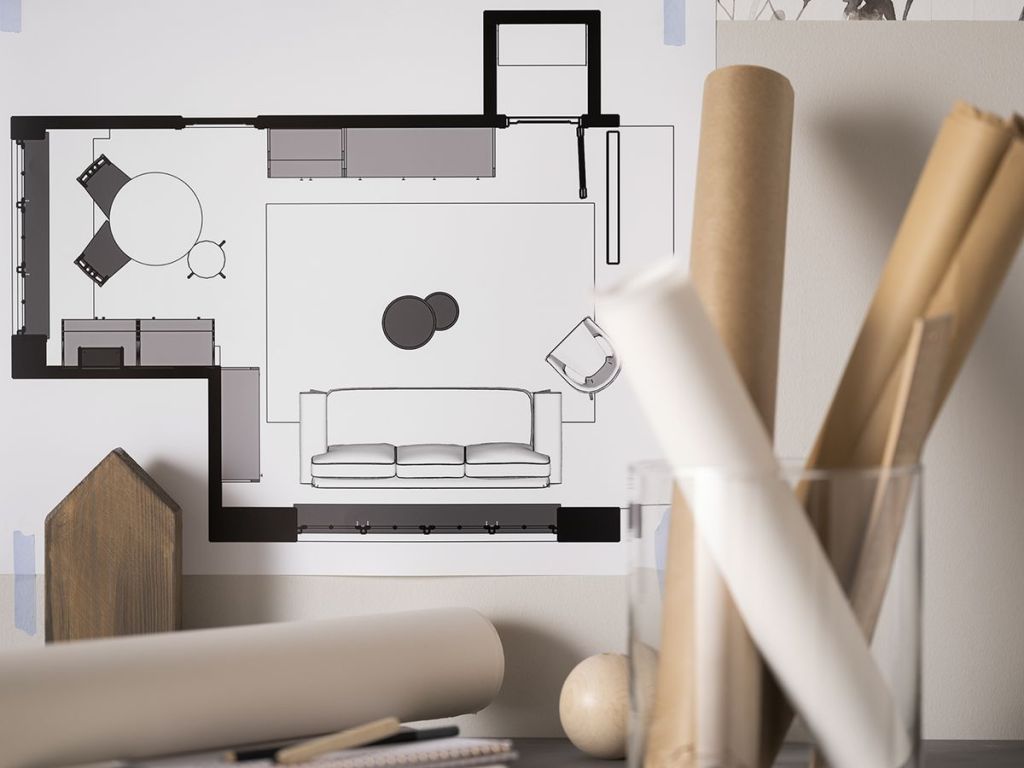
AI-driven interior design solutions can speed up and reduce costs for various jobs.
Material acquisition, layout planning, and budget management are greatly streamlined by automation.
By employing AI to find patterns and evaluate data, designers can speed up these important phases and reduce project costs.
Here’s how AI can benefit designers and ultimately their clients cost-wise:
Benefits for the designers
- Time-Saving. Interior designers can save a lot of time during the planning and execution parts of a project by automating these tasks.
This way, designers can focus on more creative parts of the project instead of spending as much time on time-consuming administrative work. - Optimized Material Selection. AI tools can help designers make informed decisions about materials by optimising material selection.
This ensures that the materials are in line, and prevents costly mistakes such as purchasing materials that require replacement or exceed the budget. - Efficient Layout Planning. AI’s ability to suggest the best layouts based on things like user preferences speeds up the design process. Thus, making layout planning more efficient.
Designers can quickly compare different layout options to ensure that the end design looks good and works well. - Proactive Budget Management. AI-driven tools for budget management provide real-time information about project costs.
This enables proactive project management. Designers can use this proactive method to find and fix budget problems early on in the project.
So that they may prevent costs from going over budget and adding up.
Benefits for Clients
- Cost-saving. Clients can save money because AI helps designers manage budgets well.
Designers use AI tools to find the most cost-effective materials, preventing unnecessary spending of money.
This ensures that the project remains on track financially and reduces the likelihood of clients having to pay unexpected additional costs. - Faster Project Completion. Automation speeds up job completion by saving time.
Clients can start using their newly designed places sooner, which not only makes them happier but also reduces the overall length of the project.
This could potentially lower costs for labour and other project-related expenses. - Design Quality. AI-powered layout planning tools improve the appearance and functionality of interior areas.
This ensures that they allocate their money towards a space that meets their wants and tastes.
Essentially, they probably will not have to spend unnecessary amounts of money. - Transparency. AI-driven budget management tools demonstrate to clients the projected cost of a project, enhancing transparency.
They can monitor the budget in real time and observe where their money is going.
This makes it easier to trust and be happy with the planning process.
What Can’t AI Do?: Limitations of AI in Interior Design
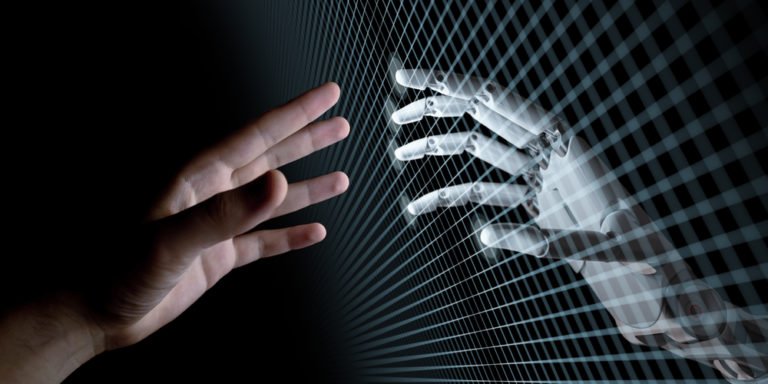
Interpreting Complex Client Desires: AI technology as it is now has a lot of potential, but it can’t do everything when it comes to interior design.
A client may say that they want a “modern” living room, but the designer’s idea of “modern” may be very different from the client’s.
In this case, AI might not be able to figure out exactly what the client wants. Therefore, there would need to be ongoing dialogue and adjustments.
While AI can analyse facts and opinions, it may struggle to understand abstract needs of clients.
Adapting to Unexpected Design Problems: Difficulties in building, shortages of materials, and on-site changes may risk interior design projects.
A client’s preferences can evolve during a project. They might initially express a desire for bold colors but later decide they prefer a more neutral palette.
AI must adapt to these changing preferences, which might not be captured in initial design instructions.
Innovation, problem-solving, and adaptation are used by human designers to solve these difficulties. AI struggles with solving these sudden design issues.
Inherently Human Aspects of Design: Interior design isn’t just about how things look; it also takes people skills, intuition, and empathy.
Designers can read and understand the emotional and psychological needs of their clients. This lets them make spaces that are more than just useful and nice to look at.
AI has a hard time imitating this human touch because it can’t understand or feel the deeper emotional parts of design.
For example, AI might not know how important certain items or design elements are to the client.
Hybrid Approach: Human-AI Collaboration in Interior Design

AI brings new opportunities to boost human creativity with strong AI tools. When people and machines work together, they can come up with ideas more quickly and effectively.
For instance, it can offer important information about how materials work together and how to make designs better.
AI algorithms are really good at finding hidden patterns that humans might not notice.
Working together like this doesn’t just make creative possibilities bigger; it also combines good looks and practicality.
These amazing AI tools give designers new information they’ve never had before, so they can make smart choices while still being in charge of the whole project.
Client Preferences and Perception
When it comes to the involvement of AI in their design projects, clients may have various perceptions and preferences.
These perceptions often depend on factors such as the nature of the project, the client’s individual tastes, and their level of familiarity with AI technology.
Some clients may appreciate AI’s involvement because it can lead to more efficient and cost-effective design processes.
Meanwhile, clients who are tech-savvy or forward-thinking may view AI-driven designs as innovative and aligned with modern trends.
They might be excited about the idea of applying cutting-edge technology to their projects.
Whereas, some clients may prefer the direct communication and collaboration they experience with human designers.
They might have concerns about AI’s ability to interpret and respond to their feedback effectively.
Customers have very different ideas about how AI should be used in design projects.
Some customers may like AI-driven designs because they are quick and different.
On the other hand, others may prefer human designers because of the personal touch, artistic opinion, and trust that they offer.
Most of the time, clients decide whether or not to use AI in design projects by finding a balance that works with their goals and preferences.
This could mean full automation, human-driven creation, or a mix of both.
Closing Thoughts: The Fusion of Artistry and Technology
It’s clear that the future of interior design is a mix of human imagination and artificial intelligence that works well together.
There are a lot of possible benefits, from easing the process to predicting what will be popular in the future.
AI has already started to change this area, making it easier than ever to make 3D renderings that look real.
We are on the verge of something truly amazing: a time when people and machines work together to push the limits further than ever before.
A world where interior design is more efficient, cost-effective, and stylish, all because of how well people and machines work together.


